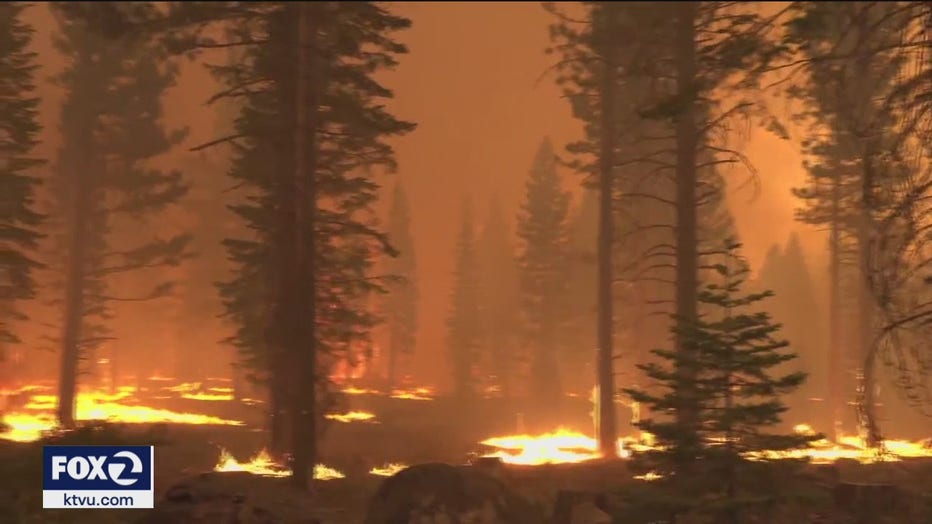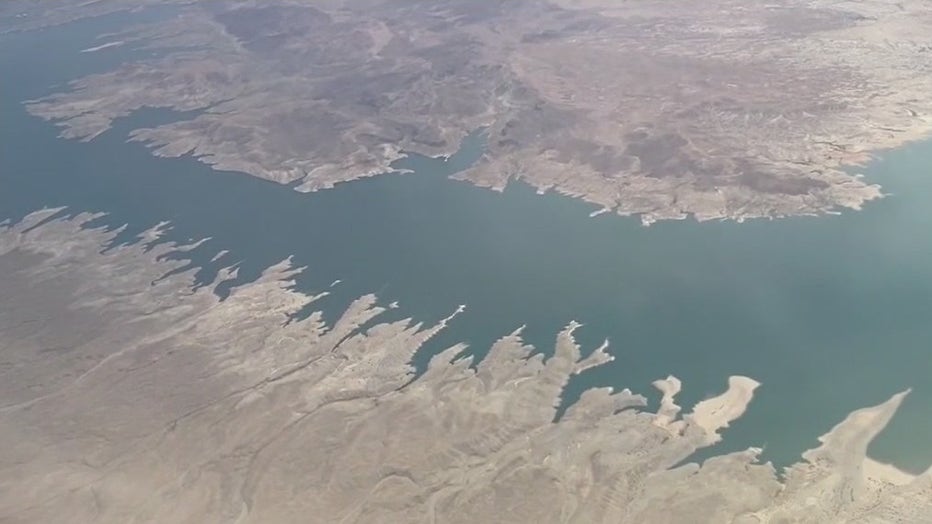California wildfires and drought: Where are we?
Oakland, California - November is historically one of California's worst months for deadly, wind driven mega wildfires. This year, there has been far less large runaway wildfires statewide, rainy conditions are to thank.

"We're really starting to see the tide turn from being in a response mode to the fire problem to being in a proactive mode to try to minimize the impacts of it," said Cal Fire Deputy Chief Jonathan Cox
Mother nature has been kind to California so far this year, there have been fewer extreme heat spells, far fewer wind events, and more humidity and, when necessary. Experts say fire reduction programs have also made an impact.
"There's a hyper awareness and a lot of vigilance among property owners," said Cox.
So far this year, Cal Fire and the U.S. Forest Service have battled almost 7,300 wildfires, 890 less than this time last year and 188 fewer fires than the five-year average.
This year California lost just over 362,000 acres to wildfires, in 2021, the state lost 2.5 million acres to wildfire.
SEE ALSO: 'Powerhouse' storm pounds Bay Area, wreaking havoc on roadways
"When you have a very small number, you can throw a lot of resources at it," said Cox.

But, California is still in a dangerous drought. The state's six giant mega reservoirs, Shasta, Oroville, Trinity, New Melones, Don Pedro and San Luis, on average are only at 33% capacity. Normally, all six are near 54%.
Experts say if California has another dry winter, many people, businesses, animals and crops will suffer.
"About half of our water comes from outside the county," said Valley Water Public Information Officer Matt Keller. "We rely on those reservoirs to supply water to Santa Clara County residents and businesses. So, if those reservoirs are impacted, we're severely impacted here in Santa Clara County."
In September, Valley Water users conserved water by 13% just short of the 15% goal. But, that is almost twice what they saved last year showing they're serious about conservation.

